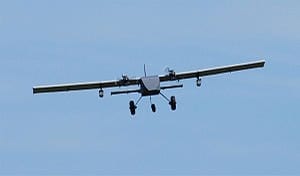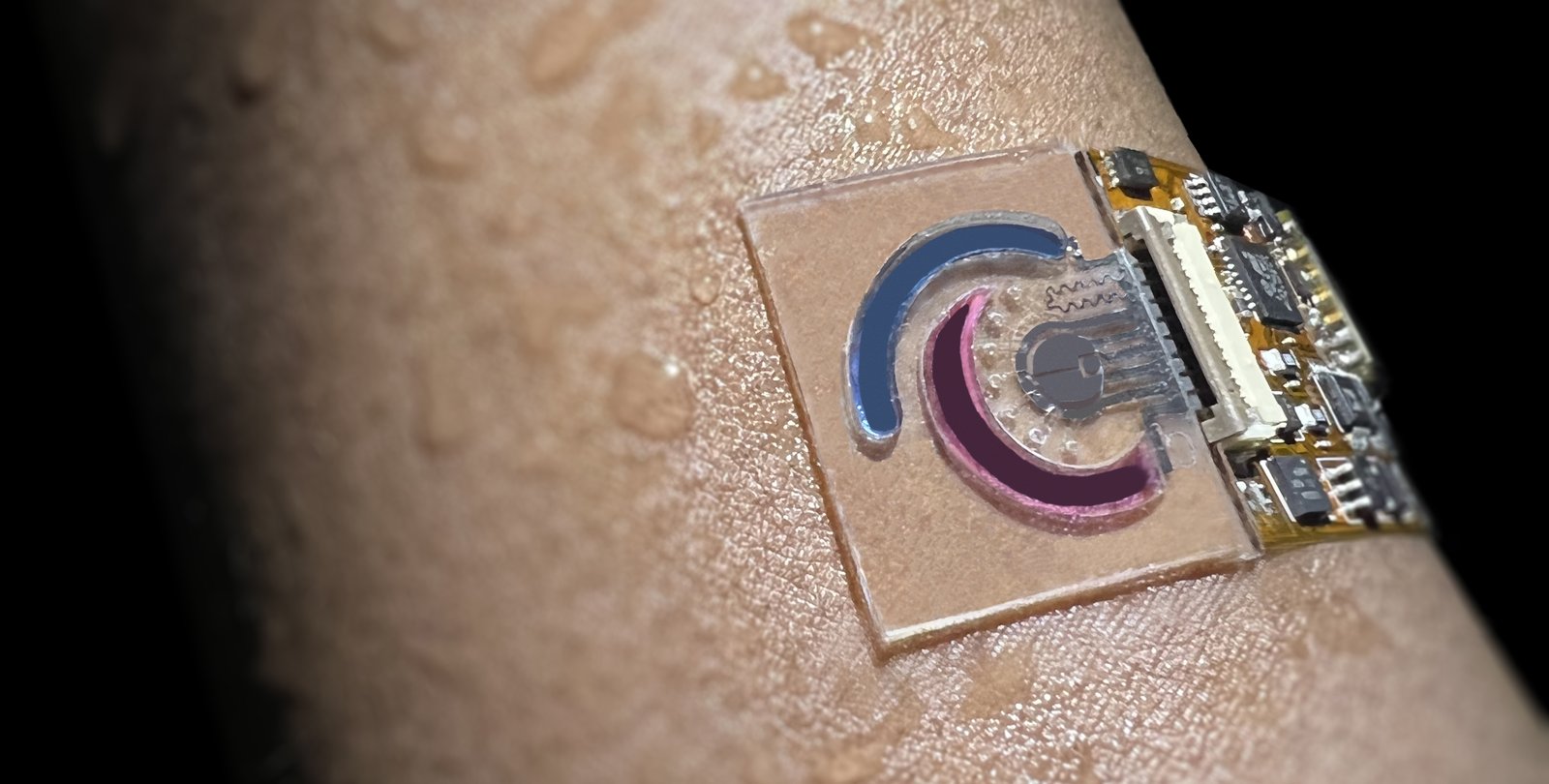These tests are trying to establish whether they can do those things safely without a pilot in the cockpit and at the same time comply with the rules of the air.
WITHIN the next few weeks a twin-engined Jetstream will take off from Warton Aerodrome in Lancashire, England, and head north towards Scotland. Like any other flight, the small commuter airliner will respond to instructions from air-traffic controllers, navigate a path and take care to avoid other aircraft. But the pilot flying the aircraft will not be in the cockpit: he will have his feet firmly on the ground in a control room back at Warton.
Pilotless aircraft are now widely used by the armed forces, but those drones fly only in restricted airspace and conflict zones. The Jetstream mission is part of a project to develop the technologies and procedures that will allow large commercial aircraft to operate routinely and safely without pilots in the same skies as manned civilian flights.
Fasten your seat belts
To reassure those of a nervous disposition, the test flights do not carry passengers and pilots remain in the cockpit just in case things go wrong. In that way they are similar to Google’s trials of driverless cars, which have drivers inside them to take over if necessary while on public roads. Yet unmanned commercial aircraft are likely to enter service before people can buy autonomous cars. Modern aircraft are already perfectly capable of automatically taking off, flying to a destination and landing. These tests are trying to establish whether they can do those things safely without a pilot in the cockpit and at the same time comply with the rules of the air.
Progress is being made, a conference in London heard this week. It was organised by the Autonomous Systems Technology Related Airborne Evaluation and Assessment (ASTRAEA), the group staging the British test flights. This £62m ($99m) programme, backed by the British government, involves seven European aerospace companies: AOS, BAE Systems, Cassidian, Cobham, QinetiQ, Rolls-Royce and Thales.
It is potentially a huge new market. America’s aviation regulators have been asked by Congress to integrate unmanned aircraft into the air-traffic control system as early as 2015. Some small drones are already used in commercial applications, such as aerial photography, but in most countries they are confined to flying within sight of their ground pilot, much like radio-controlled model aircraft. Bigger aircraft would be capable of flying farther and doing a lot more things.
Pilotless aircraft could carry out many jobs at a lower cost than manned aircraft and helicopters—tasks such as traffic monitoring, border patrols, police surveillance and checking power lines. They could also operate in conditions that are dangerous for pilots, including monitoring forest fires or nuclear-power accidents. And they could fly extended missions for search and rescue, environmental monitoring or even provide temporary airborne Wi-Fi and mobile-phone services. Some analysts think the global civilian market for unmanned aircraft and services could be worth more than $50 billion by 2020.
Whatever happens, pilots will still have a role in aviation, although not necessarily in the cockpit. “As far as the eye can see there will always be a pilot in command of an aircraft,” says Lambert Dopping-Hepenstal, the director of ASTRAEA. But that pilot may be on the ground and he may be looking after more than one unmanned aircraft at the same time.
via The Economist
The Latest Streaming News: Autonomous civil aircraft updated minute-by-minute
Bookmark this page and come back often
Latest NEWS
Latest VIDEO









